Description
M8 The Lagoon Nebula Photos – A Large Stellar Nursery in Sagittarius
Take a ride with me inside the Lagoon Nebula Complex!
This is now my most detailed shot of the Lagoon Nebula Complex to date (blow it full screen and explore)
This is M8 The Lagoon Nebula Complex in Sagiittarius, its bright enough to be visible to the unaided eye as a faint patch of light from a dark location, but looks much better in binoculars or a telescope.
M8 The Lagoon Nebula Complex is a large Stellar Nursery, a Large star formation region in Sagittarius, the distance is estimated to be approximately 4,100 light-years from the Earth. The Lagoon complex spans 90′ by 40′, which translates to an actual dimension of 110 by 50 light years.
(1 light year = ~5.8 trillion miles).
The nebula contains a number of Bok globules (dark, collapsing clouds of protostellar material), the most prominent of which have been catalogued by E. E. Barnard as B88, B89 and B296.
The Lagoon Nebula also contains at its center a structure known as the Hourglass Nebula (so named by John Herschel), which should not be confused with the better
known Engraved Hourglass Nebula in the constellation of Musca.
In 2006 the first four Herbig–Haro objects were detected within the Hourglass, also including HH 870.
This provides the first direct evidence of active star formation by accretion within it.
M8 Lagoon in H-Alpha(7nm) & OIII(6.5nm) light mapped out to RGB. Captured with a QHY183M Cooled Cmos Back illuminated chip Camera.
Pixel Size in Microns 2.4
Pixel Array & Resolution 5544 x 3694 (20.5 MP)
Sensor Model IMX183
Celestron C-6, F5 Newtonian Telescope, Baader Comma Corrector, ZWO Filter wheel,
on a Bisque MYT mount.
Captured in SharpCap on 3 different nights, all while dodging my neighbors trees, I only have an hour window to grab some frames each night!
Lights & Dark frames only,
binned 1×1, resolution = 0.66arc/pixel
total 2 hours & 10 minute exposure. 66 Minutes HA + 32 Minute OIII + 32 Minutes OIII on 3 different nights.
Captured from my backyard Observatory in Dayton on 08-07-2019 & 09-09-2019 & 09-18-2019
calibrated & processed in DeepSky Stacker, Maxim DL, and Pixinsight, and Adobe PS CC.
Best Regards,
John Chumack
www.galacticimages.com


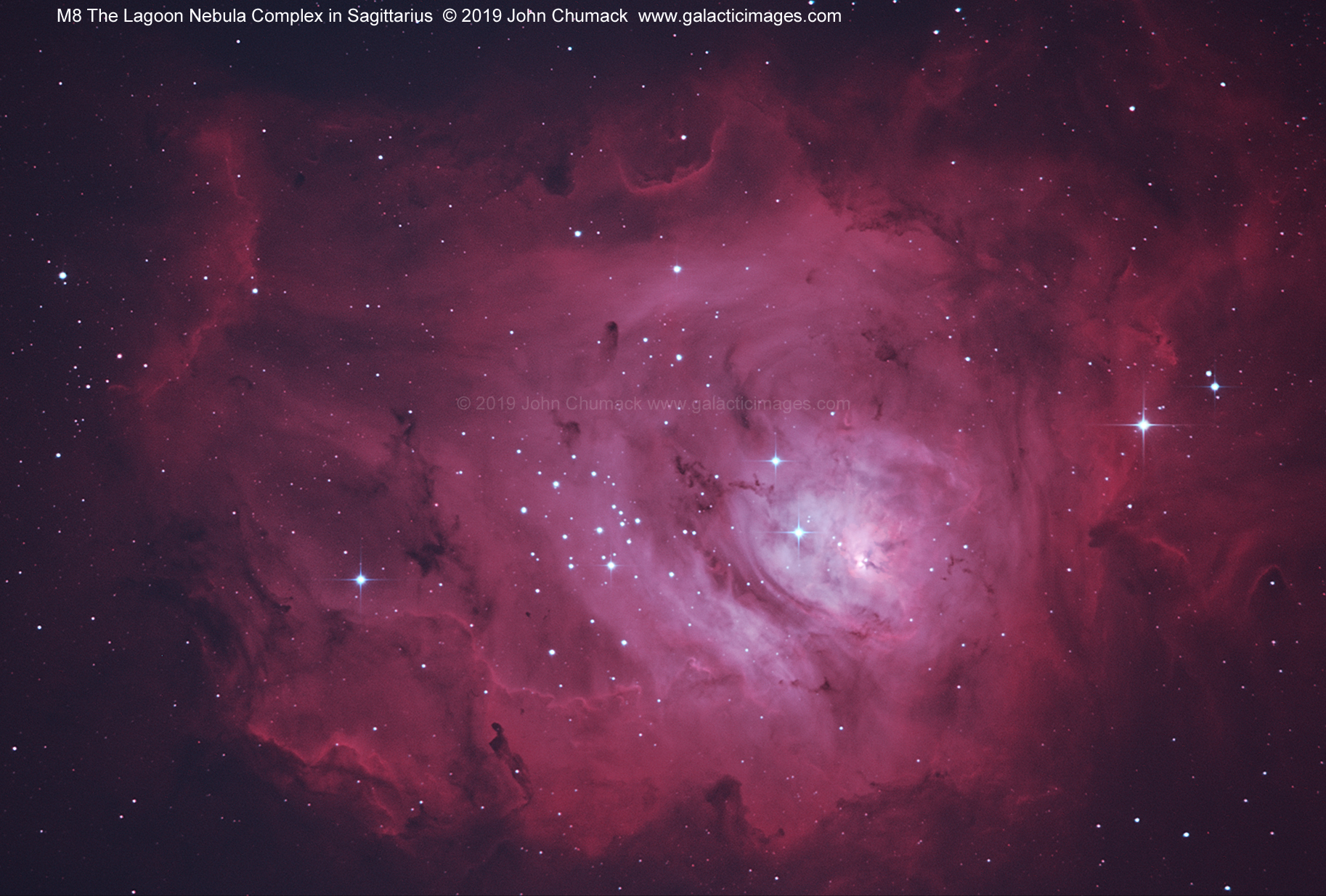
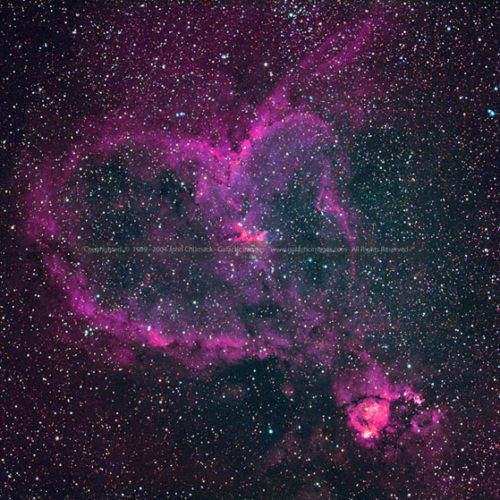
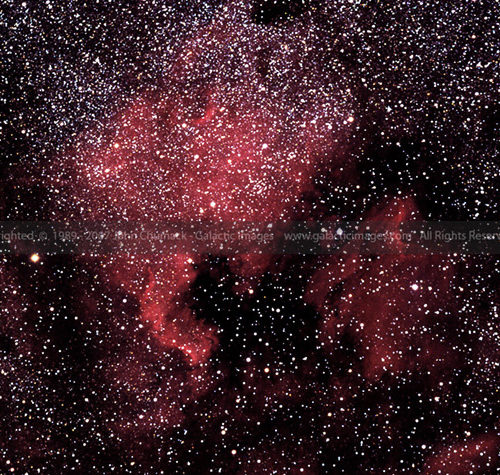
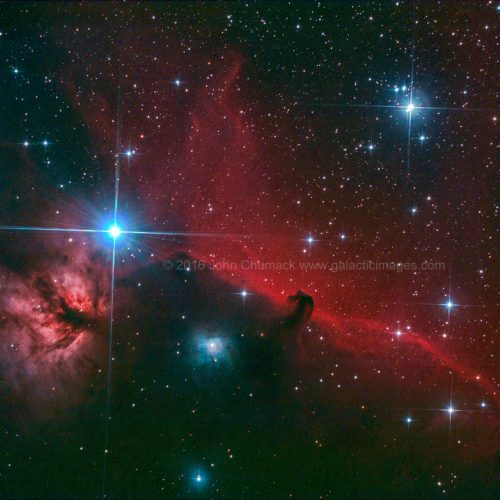
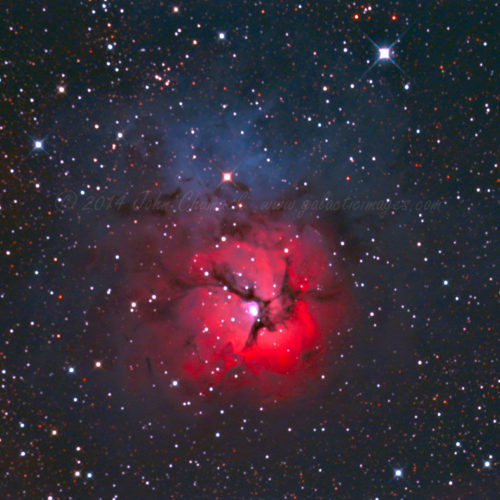
Reviews
There are no reviews yet.